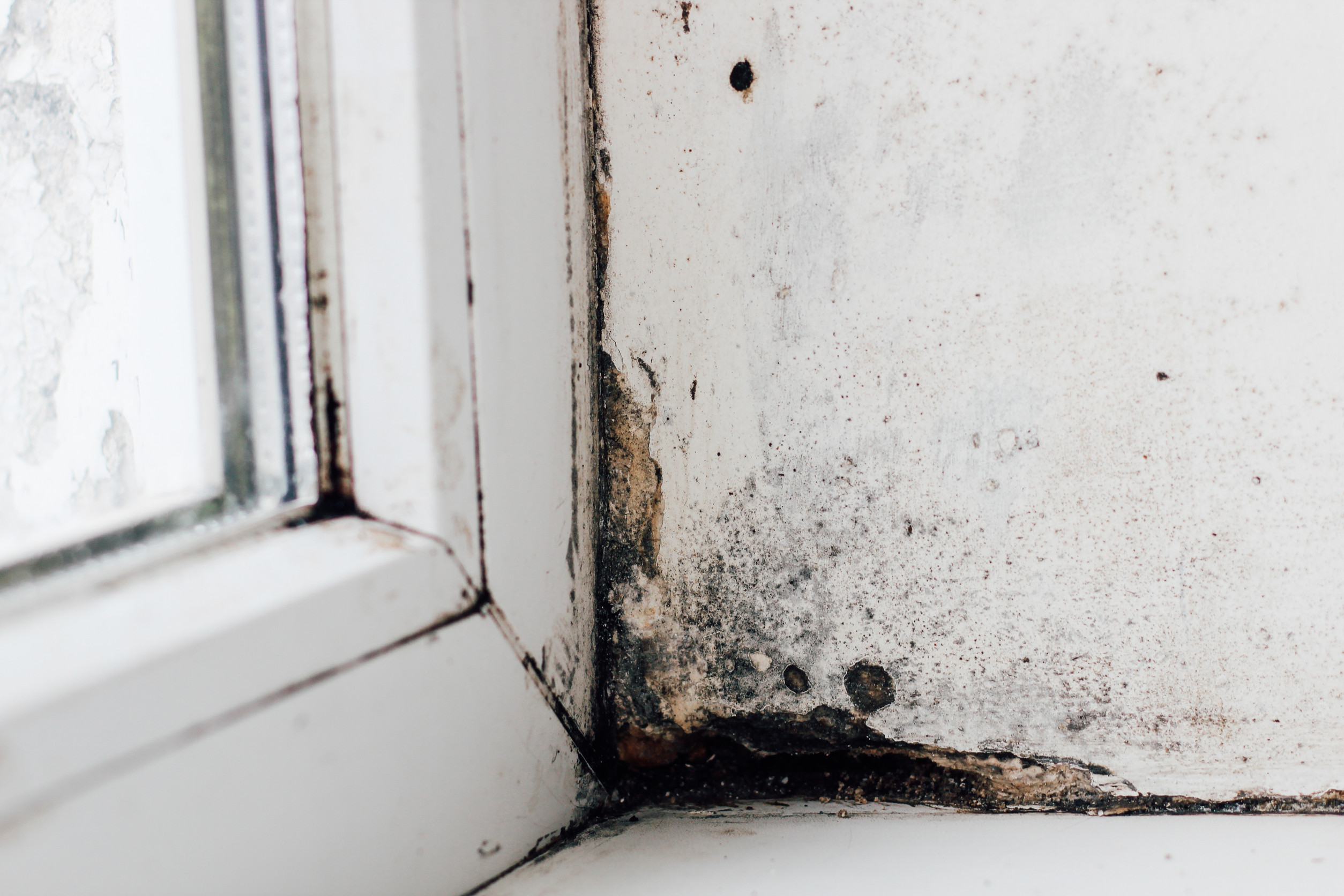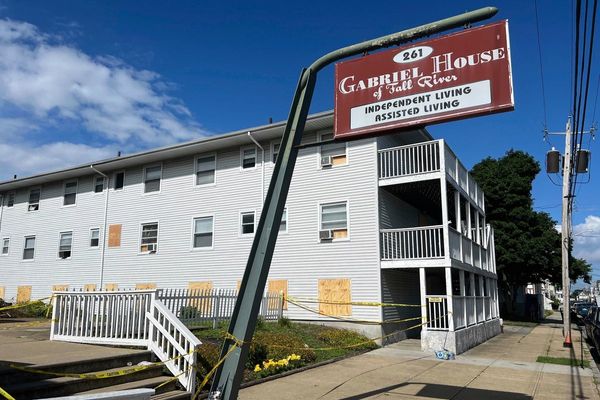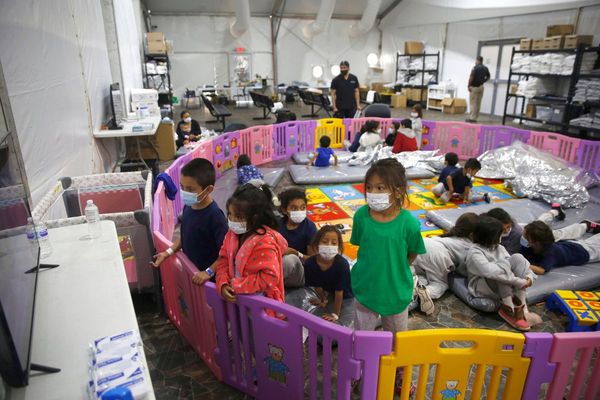If your child constantly battles sniffles, skin rashes, or unexplained allergies, your home’s air quality could be the culprit. Mold is more than just an unsightly nuisance—it can cause serious health issues, especially in children with developing immune systems or asthma. And the truth is, mold doesn’t just lurk in damp basements. It hides in places we often overlook, turning everyday living spaces into dangerous mold hotspots for kids. Knowing where to look and how to deal with it can make your home a safer, healthier space for your entire family.
1. Bathrooms and Shower Corners
Bathrooms are one of the most common mold hotspots for kids due to their constant exposure to moisture. Poor ventilation, leaky plumbing, or steam from hot showers create the perfect environment for mold to grow quickly on tile grout, under sinks, or behind toilets. Kids who spend time bathing or brushing their teeth in these spaces are exposed to airborne mold spores without even realizing it. Mold can trigger asthma attacks, itchy eyes, or skin irritation, especially for children with sensitivities. Using a dehumidifier, improving airflow, and scrubbing visible mold regularly can make a big difference.
2. Bedrooms with Poor Ventilation
It might surprise you, but bedrooms—especially those with limited airflow—can become mold hotspots for kids. Dampness can sneak in from windows, humidifiers, or even body moisture trapped in bedding and mattresses. Carpeting, stuffed animals, and closets are often the first places where mold appears, especially if the room is dark and doesn’t get much sun. Children spending hours sleeping in these conditions may experience breathing problems or develop chronic allergies. Keeping windows open when weather allows, washing bedding frequently, and monitoring humidity levels can help keep mold at bay.
3. Basements and Play Areas
Basements are notorious for mold buildup, and if your basement doubles as a playroom or storage area for toys, that’s a problem. Basements often suffer from high humidity, water leaks, and limited light—all ideal conditions for mold to thrive. When kids play with moldy toys or spend time in these areas, they can inhale spores or come into direct contact with harmful growth. Even foam mats and upholstered furniture can hold hidden mold. Using waterproof materials, sealing foundation cracks, and running a dehumidifier can reduce these mold hotspots for kids significantly.
4. Kitchens and Under-Sink Cabinets
Kitchens might seem safe, but mold can grow behind appliances and in damp under-sink cabinets where leaks often go unnoticed. These spots may be hidden from sight but still release mold spores into the air, affecting kids who spend time nearby during meals or homework. Crumbs, spills, and food waste can also attract mold and worsen the issue. Because young children are often around during food prep and eating, exposure to airborne spores can increase their risk of digestive or respiratory issues. Regular inspections and quick cleanup of leaks can go a long way in reducing these hidden hazards.
5. Laundry Rooms and Washing Machines
Laundry rooms are another unexpected mold hotspot for kids, especially if you have a front-loading washer. These washers are notorious for trapping moisture in the rubber gasket, creating a breeding ground for mold. Add to that a damp laundry pile, limited ventilation, and hard-to-clean nooks, and you’ve got a recipe for indoor mold. If kids handle dirty clothes or play nearby, they can inhale spores or come into contact with moldy surfaces. Leave washer doors open to dry out after use and clean the drum and seal regularly to prevent buildup.
Keeping Kids Safe Starts with Spot Checks and Smarter Habits
You can’t see every mold spore, but you can be proactive about keeping your home healthier. Start by regularly inspecting the five most common mold hotspots for kids and fixing moisture problems before they get out of hand. Small changes—like improving airflow, investing in a dehumidifier, or switching out mold-prone materials—can have a huge impact on your child’s health and comfort. If your child has asthma or recurring allergy symptoms, a mold inspection may be worth the investment. Remember, cleaner air starts where your kids live, sleep, and play.
Have you discovered a hidden mold hotspot in your home? What changes helped your child feel better? Share your experience in the comments below!
Read More:
Value Killer: 5 Home Renovations Decreasing Kids’ Safety
How to Create a Child-Friendly Home Design During Your Remodel
The post Mold Hotspots: 5 Home Areas That Are Mold Hotspots for Kids appeared first on Kids Ain't Cheap.








